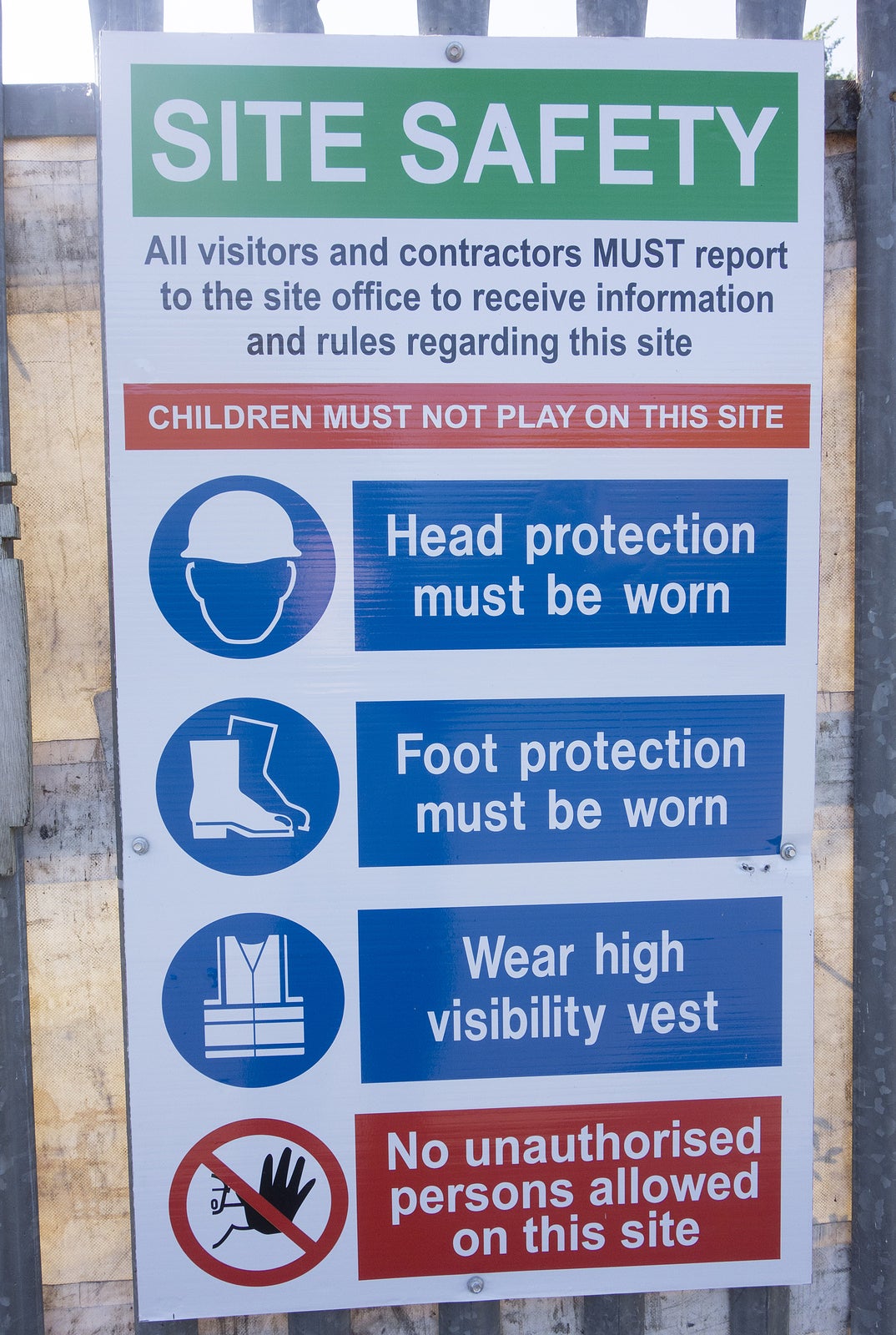Workplace Health and Safety – What Are Employees Responsible For
By: Tom McLoughlin

The meaning of workplace health and safety may seem so obvious that it does not require any further explanation. However, when it involves the law, things may not as simple as they seem.
In the UK, for example, all employers are obliged to follow the Health and Safety at Work Act 1974, which ensures the safety of people working for them. It is so comprehensive that its guidelines would be useful to any business outside the UK, as well. It places the main responsibility of employee safety on the employers since they are the ones who have the most control in providing a healthy and safe working environment. But this does not necessarily mean that all the responsibility will be on the employers. Employees, on the other hand, must also have an input when it comes to keeping themselves and their colleagues protected at work.
Here’s what the employers should know about Workplace Health and Safety.
What is the Health and Safety at Work Act?
The Health and Safety at Work Act, also known as HASAWA or HSW, details the wide range of duties of employers to ensure the safety of their employees. It is the primary piece of legislation that sets the standards for health and safety in British workplaces. The legislation outlines the various responsibilities that employers have towards their employees in terms of providing a safe workplace environment.
According to the legislation, employers should protect the health, safety, and welfare of all the people on their premises, including the casual workers, temps, self-employed, visitors, clients, and the general public. However, as mentioned in the legislation, these duties are defined as “so far as is reasonably practicable”. But this does not mean that the employers can avoid their responsibilities by claiming that certain safety measures are not practical or that they cannot afford to have such improvements in the workplace.
The Health and Safety at Work Act allows the government to issue specific guidance, regulations, and Approved Codes of Practice (ACOPS) for employers. These regulations set out the detailed responsibilities of the employer in every aspect of the workplace health and safety, from working safely with dangerous and toxic chemicals to the safe handling of machines and computers.
What are the Main Health and Safety Areas?
As mentioned previously, the Health and Safety at Work Act 1974 is the main piece of legislation for occupational health and safety in the UK. However, there are other regulations to implement in order to keep the workplace safe. Below are some of the main areas of the health and safety regulation that workplaces in the UK must comply with.
First Aid
Low-risk workplaces, such as small offices, must have a first aid box on the premises. There should also be a person designated to handle the first-aid arrangements, such as calling emergency services in case of emergencies. Employers are also obliged to provide information about first-aid arrangements to their employees.
For workplaces with significant health and safety risks, there should be a highly trained first-aider. Employers can apply the first-aid needs assessment to help them decide which first aid arrangements are appropriate in their premises.
Fire Safety
Employers are responsible for fire safety in the workplace. To ensure that everyone will be safe in case of fire, employers should do the following:
- Perform a fire risk assessment of the workplace and review it regularly.
- Inform the staff or any representatives about any risks that have been identified during the assessment.
- Come up with appropriate fire safety measures.
- Provide staff with fire safety instructions, training, and other relevant information, such as the meaning of “PASS” in regard to fire extinguishers.
- Put in place an emergency plan.
Manual Handling
Manual handling is one of the main reasons behind workplace injuries in the UK. These include musculoskeletal disorders such as pain and injuries to the arms, legs, and joints. Manual handling injuries in the workplace can have serious implications not only on the injured person but also on the employer.
As stated in the Health and Safety At Work Act, employers have a legal duty to keep their employees protected from all kinds of injuries, including injuries due to manual handling operations. Risk assessment is the primary requirement that employers should carry out to keep their employees safe from manual handling injuries. Aside from conducting manual handling risk assessments, employers must also provide training for manual handling awareness that’s suitable for employees at different levels.
Employee Responsibilities
Although the Health and Safety at Work Act details the responsibilities of the employers in keeping their employees safe, employees must also have a duty to keep themselves protected at work at all times. They should exercise care and caution and must cooperate with their employers and colleagues to ensure a safe and healthy work environment.
It’s important to understand that it’s not entirely up to the employer to ensure that all workers will be safe on their business premises. Employees must also apply their own judgment in keeping themselves safe while working. They must not take any unnecessary risks to put themselves in danger and must only perform tasks that they believe are safe.
Employees must also cooperate with others to ensure health and safety at work. This includes reporting anything that they believe is unsafe, not leaving hazards that could put others in danger, and never asking anyone to perform potentially dangerous tasks. Both the employers and employees must cooperate to ensure that the health and safety policy at work will be followed at all times.
The Workplace Health and Safety Act oblige employers to provide the necessary health and safety training courses to employees. Employees must also be taught how to perform tasks at work safely. So, if an employee has carried out a task incorrectly, which resulted in injuries, it would not be fair to put the blame entirely on the employer. Employees are obliged to diligently follow instructions especially when it comes to performing dangerous tasks. On the other hand, employers are also responsible for carrying out a robust risk assessment to determine if some of the tasks are deemed unsafe for the employees to perform.
2992 Views











